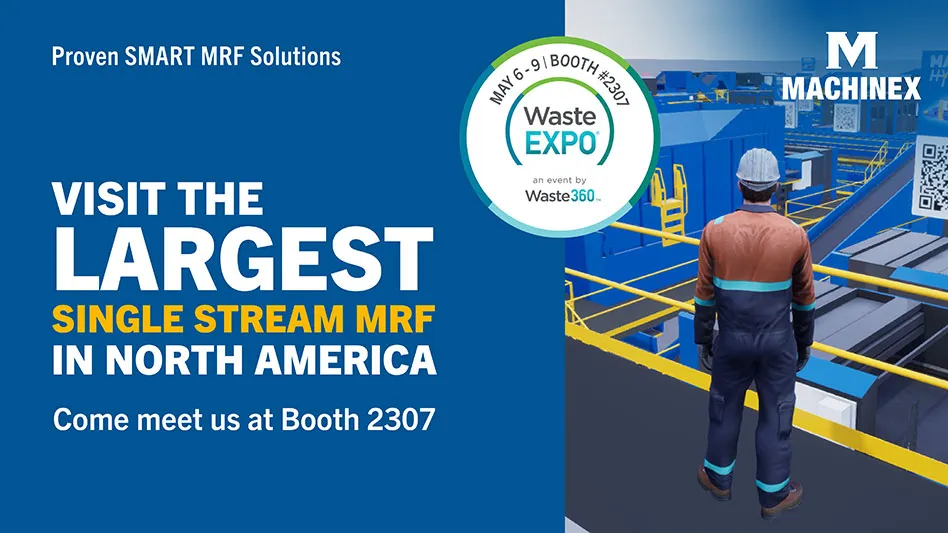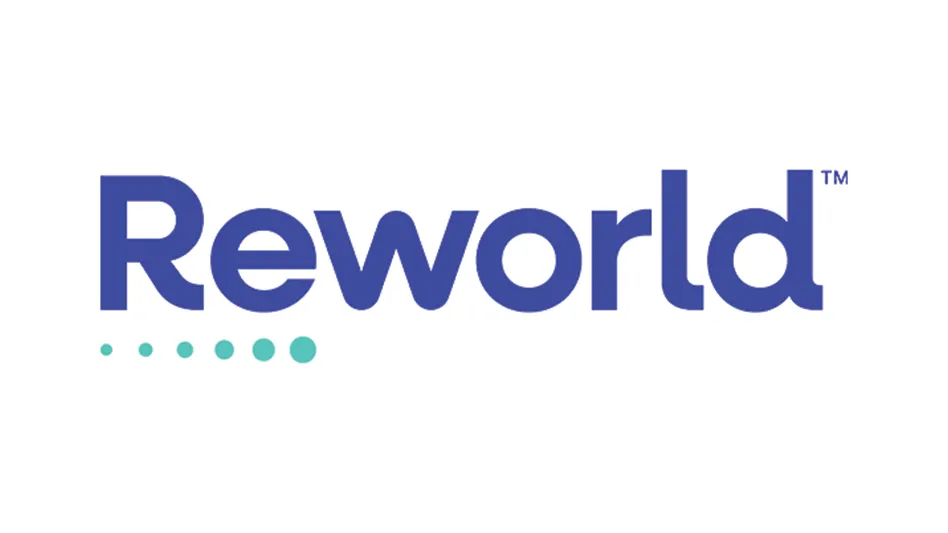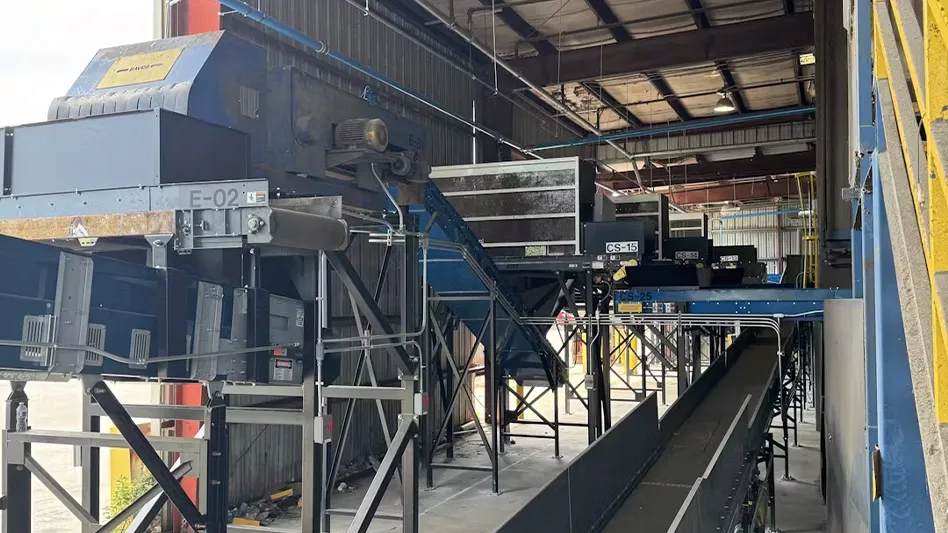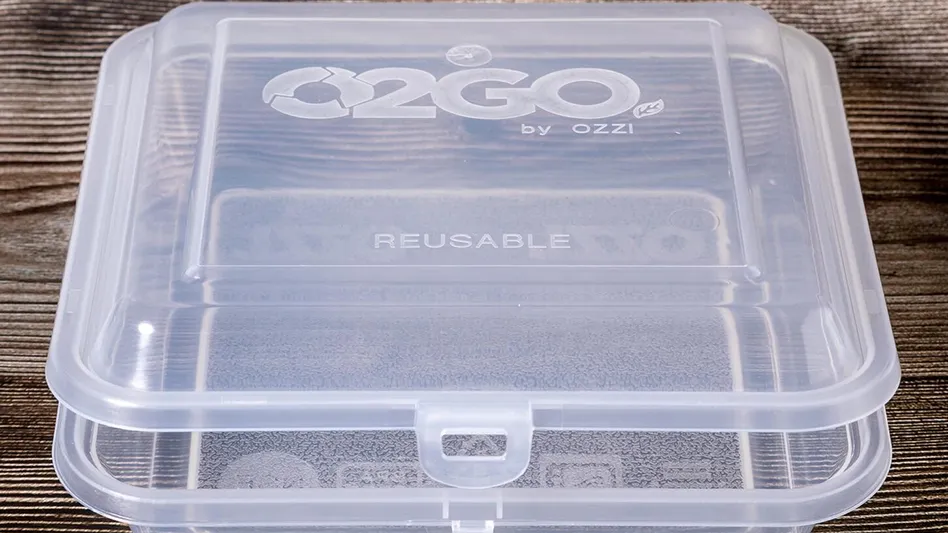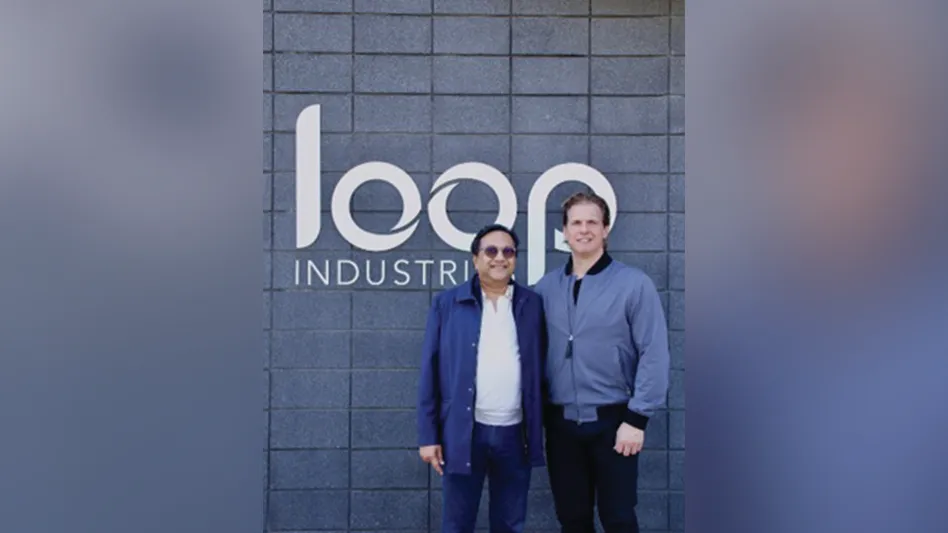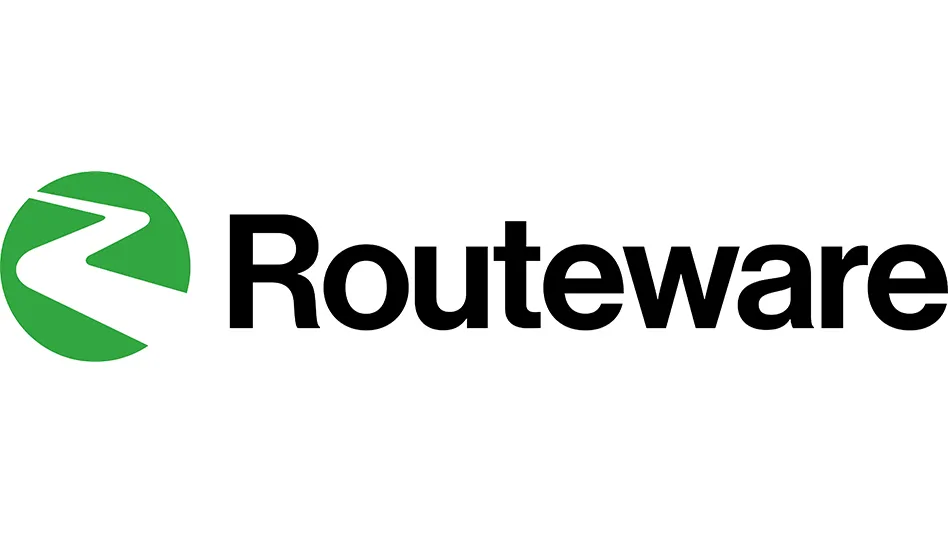The United Kingdom’s Waste and Resources Action Programme (WRAP) released a report in late 2009 that offered examples and guidance pertaining to the types of packaging collected in curbside recycling programs throughout the U.K.
The report is available on the organization’s Web site at www.wrap.org.uk.
That this collection of brief informational snapshots accumulates to more than 20 pages of content seems to demonstrate that the number of packaging options continues to grow and that
processors of curbside recyclables have no shortage of sorting options confronting them.
BOTTLES, CANS AND BEYOND
To start with the more simple aspects of the curbside sort, the WRAP charts for glass and metal containers are among the easiest reads in the report.
In the U.K., green and clear glass are ranked as easier to recycle, while amber-glass is classified as “less desirable” in some cullet mixes.
The aspect of broken glass pieces mingling with other materials during the collection process is not addressed in this report (though WRAP has touched on this issue in earlier reports). RFID (radio-frequency identification) tags and full-body sleeves over glass bottles are noted as undesirable.
Similarly, the metals stream was not difficult to characterize, with aluminium and steel beverage and food cans classified as easily recyclable.
WRAP says aerosol cans can be easily recycled if the cans are designed “for the plastic caps to be readily removed before recycling.” Whether such a removal process can be accomplished through automated means is unclear, but the organization notes that removing the plastic “avoids the contamination of [steel] bales by lower-value plastic.”
The report notes that aluminium food trays are “not as widely collected for recycling,” but categorizes those trays that are coated with a color lacquer as being less desirable at consuming destinations than those that are uncoated.
The most common plastic beverage containers, especially clear PET (polyethylene terephthalate) and natural HDPE (high-density polyethylene), are considered highly desirable in the bin. However, even these commonly used plastic container types come in varieties that can cause headaches for automated sorting equipment and recycling company staff.
OF LAYERS AND LABELS
Among the design innovations that have caused problems for recyclers and plastic scrap consumers has been the inclusion of barriers or layers within plastic bottles.
The barriers are not put in place to cause recyclers grief. They are most commonly used to make bottles lighter in weight, protect beverage product quality and carbonation levels or to increase the shelf life of products.
When a barrier or layer is made of nylon, in particular, consumers of PET bottle scrap have expressed concern about the unacceptability of nylon as feedstock.
The trade group European Plastics Recyclers (EuPR), Brussels, worked with one bottle manufacturer to take a closer look at how or whether such bottles fit into the curbside recycling stream.
| PLASTIC PREDICTIONS |
|
BizAcumen Inc., based in San Francisco, is offering a report that examines the market dynamics for plastic bottle recycling. “Plastic Bottle Recycling: Worldwide Market Trends” addresses the economic and environmental issues that could spur on greater attention to plastic bottle recycling and then examines the current and prospective state of the industry. “Capacity to recycle plastics and demand for recycled plastics continue to grow and exceed the volume of [scrap] plastics collected each year,” BizAcumen says about the report. “Even as the volume of recycled bottles continue to surge, the rate of recycling remains steady, indicating a parallel surge in using plastic bottles to pack a wider range of products.” The report looks at end markets including recycled fiber for textiles and carpets for PET. “New end-use applications, such as corrugated paper coating, waterproof shipping containers and other food packaging, impel the demand growth for recycled PET. Growing popularity of plastic lumber and garden plastic products such as chairs and fences impel the growth of recycled HDPE plastics,” according to BizAcumen. More information on the report can be found at www.bizacumen.com. |
Ultimately, EuPR issued limited approval for recyclers to collect and recycle bottles containing Nylon MXD6 material in multi-layer containers (with no tie layer or adhesive), as long as such bottles do not make up more than 2 percent by weight of the collected bottle stream.
A thin layer of MXD6 manufactured by Mitsubishi Gas Chemical is used as the middle layer of a three-layer PET construction to reduce the gas permeability.
Bottles using this construction were tested using “the Petcore bottle-to-bottle protocol,” according to EuPR. In the test, “Clear, three-layer, co-injected bottles were used containing approximately 5 percent of Nylon MXD6.”
After receiving the test results, the PET Working Group of EuPR worked with Mitsubishi to determine “the threshold for the use of this barrier material in a sustainable recycling environment.”
The PET Working Group stipulated that the required conditions for limited use are:
• The pre-form must be injected so that the MXD6 layer is only in the bottle wall at a maximum of 5 percent;
• The container must be three-layer multi-layer with no tie layers;
• A concentration of a maximum of 2 percent of these bottles should be in the collected stream; and
• There must be good air elutriation during the recycling process.
The PET Working Group “has come to the conclusion (taking into consideration local accumulation effects) that Mitsubishi’s Nylon MXD6 in multi-layer bottles with no adhesive tie layers will have no negative impact on current European PET recycling if its quantity is limited at levels of up to 2 percent of the bottle stream (valid for all kinds of bottles in the market including colored bottles).”
The working group also states in a news release that it “recognizes the need for innovation. It is also recognized, however, that the introduction of barrier systems is cumulative in the recycle stream. In the event that the introduction of a specific new barrier system or too great a concentration of older barrier materials has an adverse affect on the quality of the resulting RPET (e.g. color/haze), the working group reserves the right to retest and reevaluate its position with regard to technology approval.”
EuPR was one of four European organizations (along with the Alliance for Plastic Beverage Containers, the European Association of Plastic Recycling and Recovery Organizations and Petcore) that cooperated on “Design for Recycling Guidelines” that took the form of a chart released in 2008.
That chart recommended that PVC bottles remain separate from the recycled PET container stream as well as PLA (polylactic acid) biopolymer bottles and bottles with EVOH-PA (ethylene vinyl alcohol-polyamide) layers.
WRAP’s chart likewise places EVOH layers in its “least desirable” for recycling column and also places “PLA or other biopolymer bottles” in that category.
Some plastic bottles also contain labels that cause them to be placed in WRAP’s “least desirable” category, including those that use metallic inks and full-sleeves that can interfere with the recognition process of automated sorting systems.
PAPER PROBLEMS
Paper recycling is an industry sector that can draw from decades of experience and accumulated knowledge. Nonetheless there are still types of paper packaging and print products that can add burdens to the curbside sorting process.
The highest priority items to be removed from shipments are boxes with wax or latex coatings, according to the WRAP “Packaging and Recyclability Guidance” report.
Other coatings can also make paper and board unwelcome at consuming mills, WRAP notes. “Board laminated on both sides with PE, PET, etc., and complex or multi-material laminated board” should be labeled “not for recycling,” WRAP says. Such materials are “not readily recycled in paper mills and [are] a contaminant.”
Other contaminants include large amounts of food (especially fats), foil-coated labels, plastic envelope windows and plastic blister envelope interiors.
WRAP says it provided guidance to help product manufacturers, designers and recyclers to recycle the maximum percentage of the 10.5 million metric tons of packaging used yearly in the U.K.
Some 60 percent of this material is recycled each year, says WRAP, though the recycling percentage for household goods packaging (40 to 45 percent) is much lower than that for packaging generated at commercial and industrial establishments.
WRAP says its 23-page “Packaging and Recyclability Guidance” report centers on packaging recyclability because “this is the area that is often the most unclear for packaging designers and also where guidance is least available.”
This feature first appeared in the Jan./Feb. issue of Recycling Today Global Edition, a sister publication to Recycling Today.

Explore the April 2010 Issue
Check out more from this issue and find you next story to read.
Latest from Recycling Today
- Meeting the decarbonization challenge
- Cyclic Materials expands leadership team
- Paper cup acceptance at US mills reaches new milestone
- EPA announces $3B to replace lead service lines
- AMCS showcasing Performance Sustainability Suite at WasteExpo
- New Way and Hyzon unveil first hydrogen fuel cell refuse truck
- Origin Materials introduces tethered PET beverage cap
- Rubicon selling fleet technology business, issuing preferred equity to Rodina Capital
